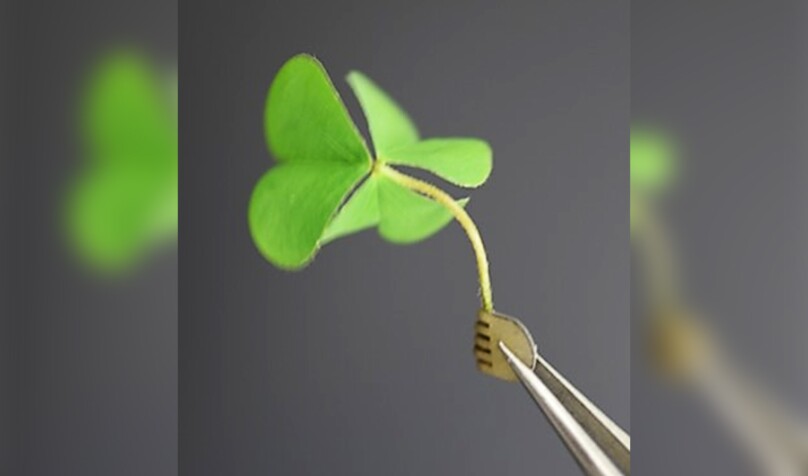Tiny Robot Hand Uses Electrified Wires as Sensors and to Help Grip Tiny Objects

Tiny Robot Hand Uses Electrified Wires as Sensors and to Help Grip Tiny Objects lead image
Ajou University
(Inside Science) -- A soft, miniature five-fingered robot hand could not only safely hold a delicate snail egg just 3 millimeters wide -- difficult to grasp even with tweezers -- but it also applied heat to help incubate the egg over the course of a week, detected mechanical signals that revealed it was hatching, and then monitored the newborn snail’s heart rate, a new study finds.
The fingers of the new hand are a bit more than a quarter-inch long and only about eight times as wide as the average human hair. The researchers gave the device five fingers to enable delicate control of items. “We thought, ‘That is the difference between human beings and animals and plants,’” said study co-senior author Seungyong Han, a mechanical engineer at Ajou University in South Korea.
The muscles of each finger are made of a so-called shape memory polymer. When electric current runs through silver nanowires embedded in each finger, the wires heat, causing the polymer to bend and the fingers to curl. When heating stops, the fingers straighten again.
Mechanical sensors embedded within the hand can detect vibrations and pressure. In tests, the sensors successfully measured a pig’s blood pressure. In addition, the silver nanowires can not only apply heat, but measure temperature as well.
In experiments, the gripper was strong enough to open bottles with tight lids, yet gentle enough to handle fragile salmon eggs without breaking them. It could also lift and manipulate a 30-gram item 1,200 times heavier than the device’s own weight of 25.4 milligrams for more than three minutes. The researchers’ tests suggest that it could ultimately carry a load up to 6,400 times its weight, the highest payload capacity seen among soft grippers to date.
The researchers hope their devices could one day help doctors safely manipulate soft living tissues down to microscopic scales even smaller than currently shown. For instance, during in vitro fertilization, eggs are sometimes fixed in place with electric fields, which can injure the eggs. “If the gripper can be used in such platforms that can mechanically and strongly fix cells without injury, we believe that it can make a great contribution to human health,” Han said.
The scientists detailed their findings


